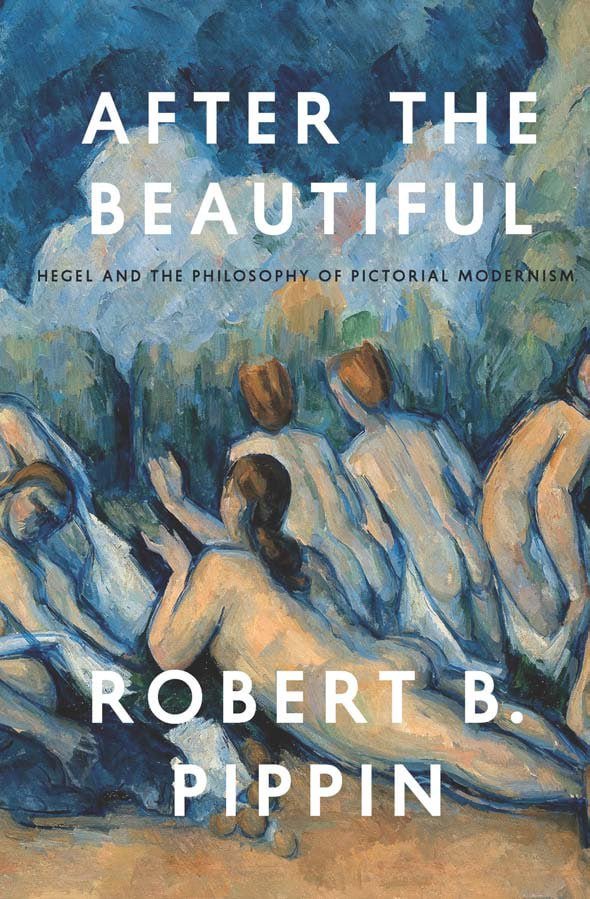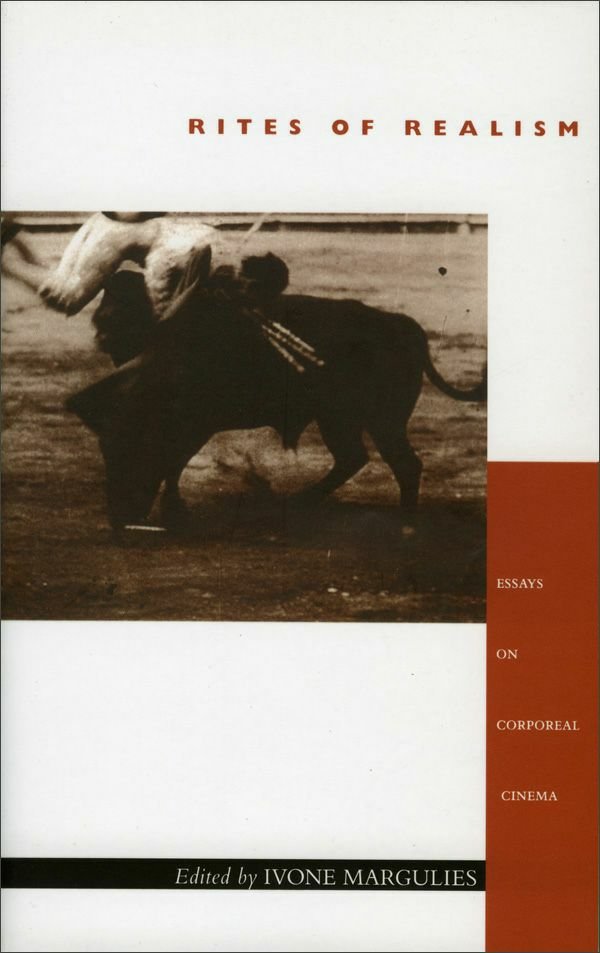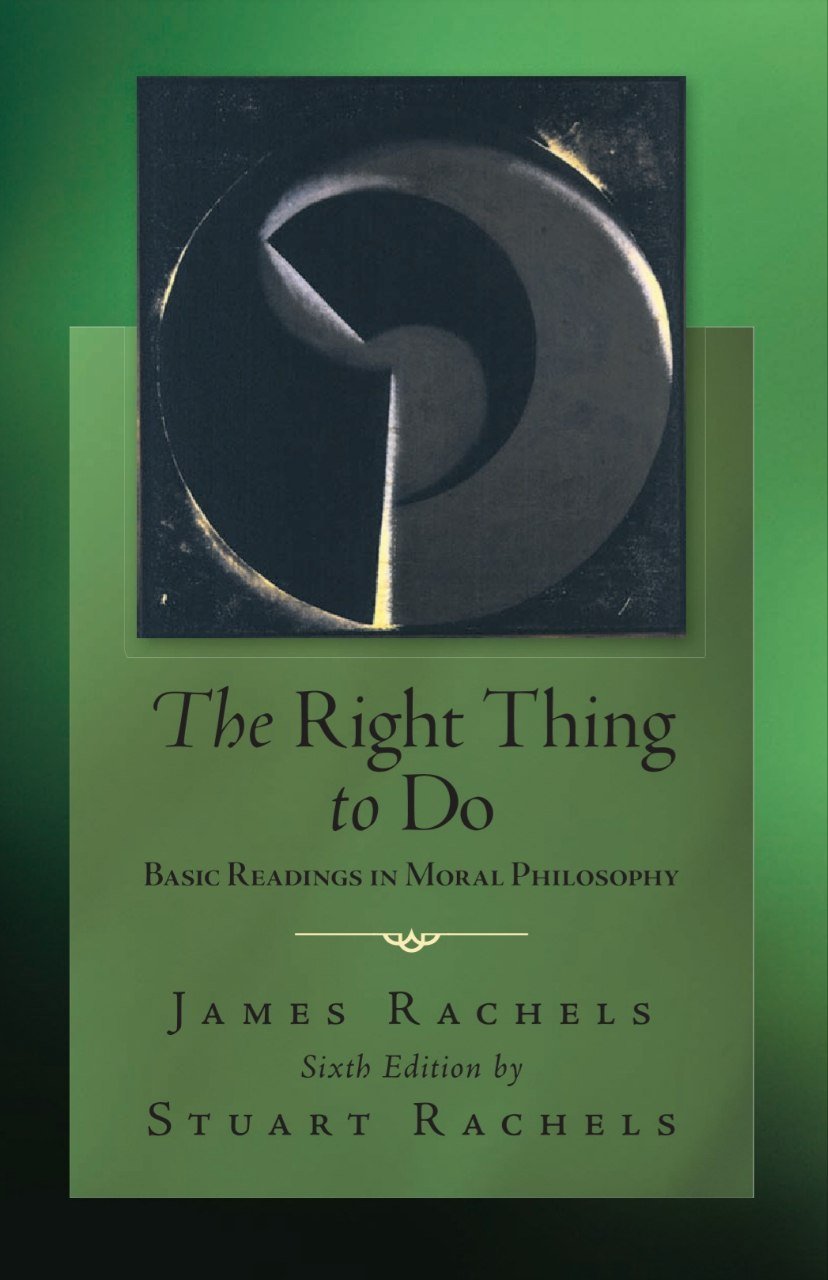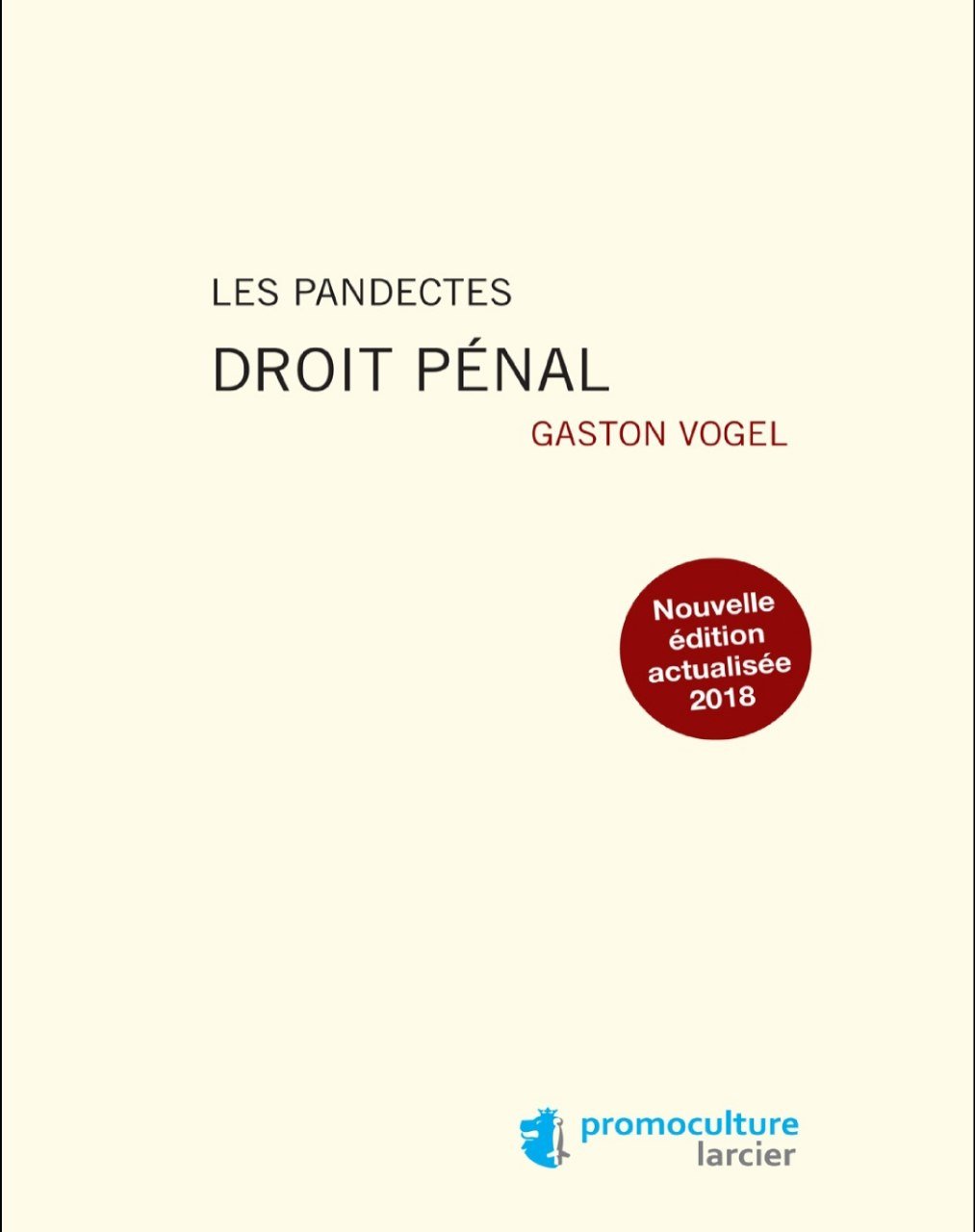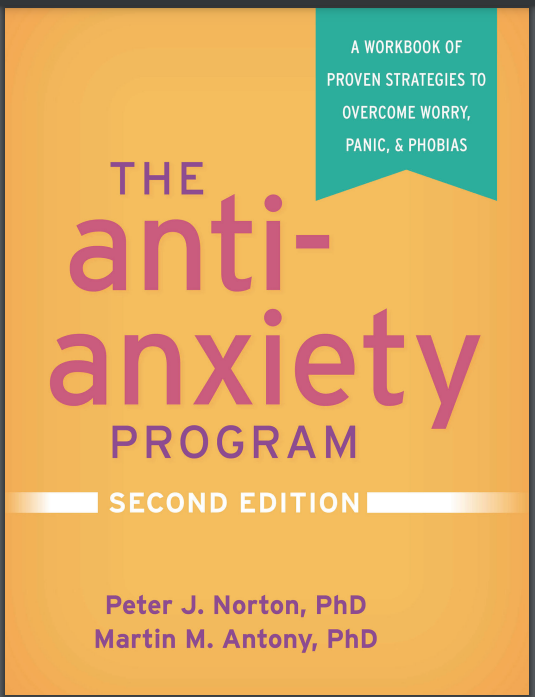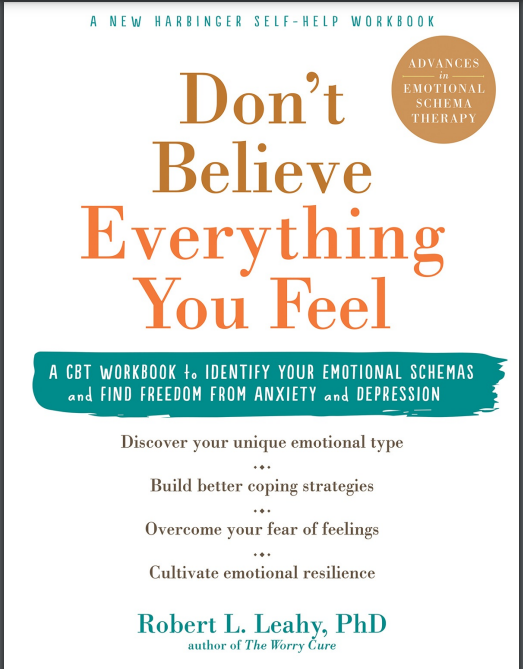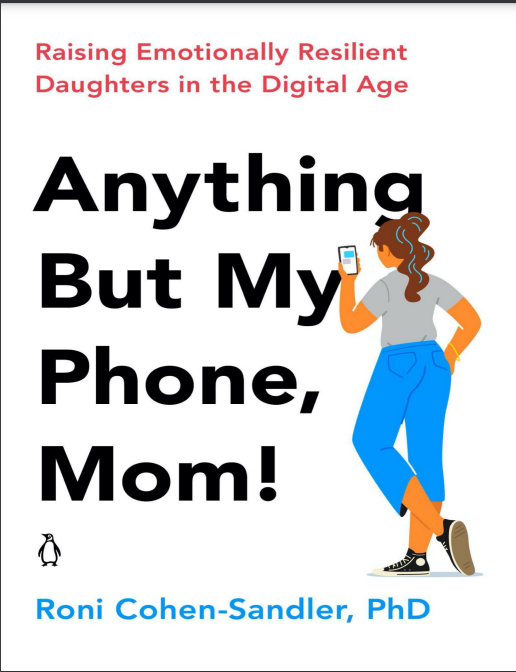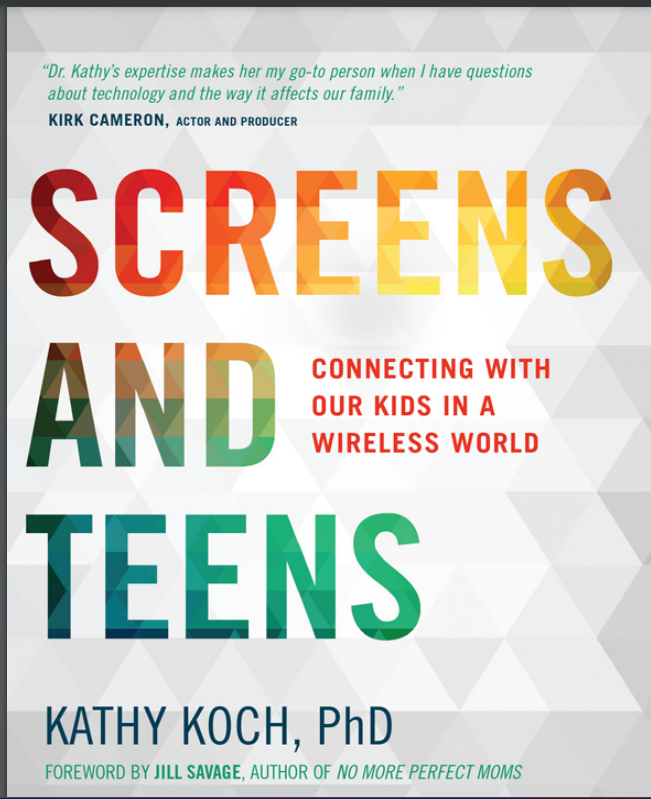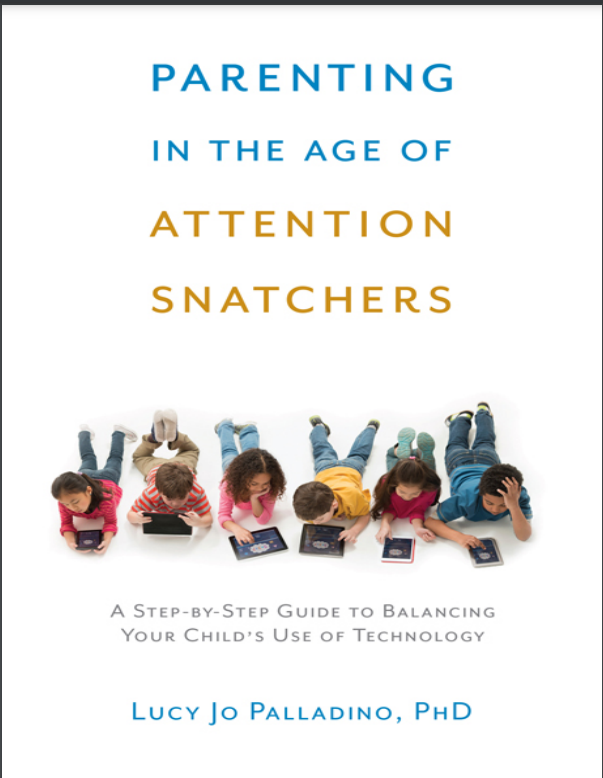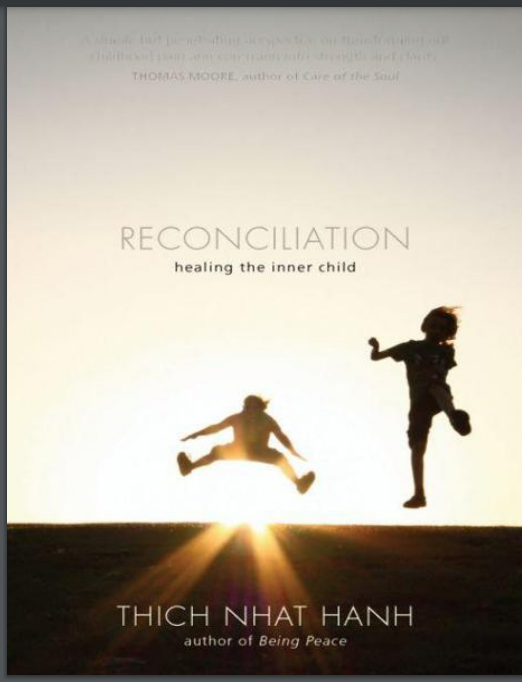
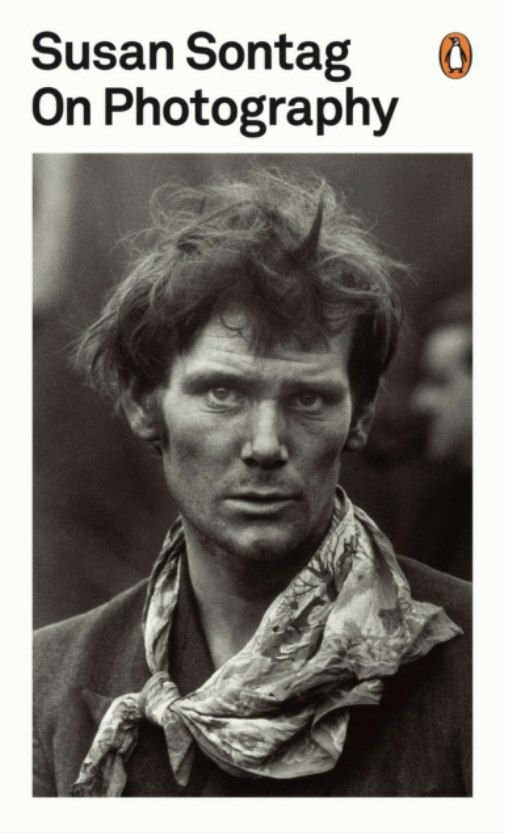
On Photography by Susan Sontag
Reviews
No review yet. Be the first to review this book!
Description
On Photography by Susan Sontag is a seminal collection of essays first published in 1977, in which she critically examines the role of photography in modern culture. The book is both a philosophical and cultural analysis of how photography shapes our perception of reality, memory, and truth. Through a series of essays originally published in The New York Review of Books, Sontag explores the power dynamics, ethical dilemmas, and aesthetic considerations of photography, making it one of the most influential works in the field of visual studies. Key Themes and Ideas 1. Photography as Reality vs. Representation Sontag argues that photographs are not direct representations of reality but rather interpretations of it. She highlights how photographs freeze moments, stripping them of their original context and turning them into objects for contemplation or manipulation. 2. The Camera as a Tool of Power and Possession She describes photography as a means of acquiring, controlling, and consuming the world, comparing it to a form of "soft" aggression. Tourists, journalists, and documentarians use cameras to "collect" images, often reducing subjects to passive objects of observation. Photography allows people to feel they have experienced something simply by possessing an image of it. 3. The Aestheticization of Suffering One of the most famous arguments in the book is how photography, especially war and documentary photography, turns violence, suffering, and death into aesthetic objects. She critiques how images of war and atrocity, instead of inspiring action, often lead to passive consumption or desensitization. 4. Photography and Memory Sontag discusses how photography affects collective and personal memory. While photographs can preserve moments, they also flatten and replace authentic memories, making people recall the image rather than the experience itself. She critiques the way modern society increasingly relies on images to validate experiences. 5. Surveillance and the "Panoptic Eye" She draws parallels between photography and Foucault’s idea of surveillance, arguing that cameras create a culture where people are constantly observed, documented, and judged. This foreshadows modern concerns about CCTV, social media, and digital tracking. 6. Plato’s Cave Allegory and Photographic Illusion In the opening essay, In Plato’s Cave, she compares photography to Plato’s cave, where people mistake shadows for reality. She argues that photographs shape and limit our understanding of the world, creating an illusion that what we see in an image is the full truth. 7. The Democratization of Art Through Photography Sontag acknowledges that photography has made art more accessible, allowing ordinary people to document their lives. However, she also critiques how the overproduction of images has led to a loss of depth and originality, turning photography into a medium of mass consumption rather than artistic expression. Legacy and Influence On Photography remains one of the most important theoretical works on the subject, influencing fields like media studies, philosophy, and visual culture. Her critiques of war photography, tourism, and image consumption remain relevant in the age of social media, digital photography, and mass surveillance. Conclusion Sontag’s work challenges readers to think critically about how they engage with images in a world dominated by photography. She raises profound ethical and philosophical questions about what it means to see, remember, and represent reality through the lens of a camera.























.jpeg)


.jpeg)

.jpg)






.jpg)
.jpg)






.jpeg)



.jpg)











.jpg)
.jpg)











.jpeg)
.jpg)








.jpeg)



.jpg)
.png)



